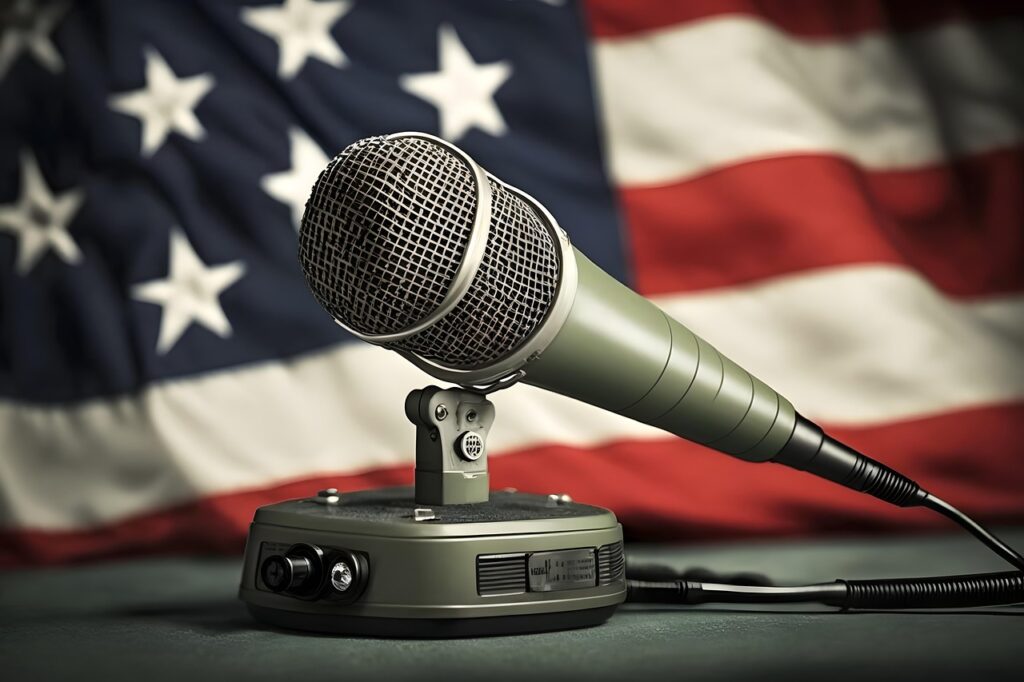in U.S. presidential election, media outlets—once considered neutral observers—are increasingly taking sides. From traditional editorials to social media influence, endorsements reflect political leanings, shape voter perceptions, and influence public debate in both explicit and subtle ways.

The role of media endorsements in the US presidential election illustrates how independent media can take on partisan characteristics. Endorsements, typically issued by editorial boards or opinion sections, represent institutional support for a candidate rather than the views of individual journalists. These endorsements signal alignment with the outlet’s political stance—liberal, conservative, or centrist—and aim to guide voter perceptions and influence public opinion.
Historically, media endorsements have served to persuade readers about a candidate’s qualifications while establishing social norms about which candidates are “responsible,” “trustworthy,” or “fit” for office. Timing is often strategic: some endorsements appear before party primaries, while others target undecided voters closer to the general election.
Forms of Media Endorsements:
Editorials: Traditional, formal statements explaining support for a candidate.
Editorial board statements and letters: Short, circulated endorsements summarizing reasoning.
Opinion columns and op-eds: Individual writers may endorse candidates, reflecting personal views.
Digital and social media formats: Multimedia content, including videos, podcasts, and interactive posts, amplifies endorsements to broader audiences.
In addition to explicit endorsements, media outlets can influence voters subtly through story framing, selective coverage, and emphasis on particular issues, which may favor certain candidates without a formal declaration.
Recent trends show a decline in traditional newspaper endorsements as outlets aim to maintain credibility amid polarization, while online platforms and social media influencers create a parallel ecosystem of indirect endorsements, reaching digital-first voters.
In the US presidential, endorsements reveal how media—once seen as independent observers—can become partisan actors, shaping public discourse, guiding voter decisions, and influencing the democratic process.
Celebrity endorsements have also become a significant factor in modern elections. High-profile actors, athletes, musicians, and influencers often publicly support candidates, leveraging their social media followings to sway public opinion. While not formal media endorsements, celebrity backing can amplify narratives, generate widespread coverage, and particularly influence younger or less politically engaged voters, making them a powerful complement to traditional and digital media endorsements.



